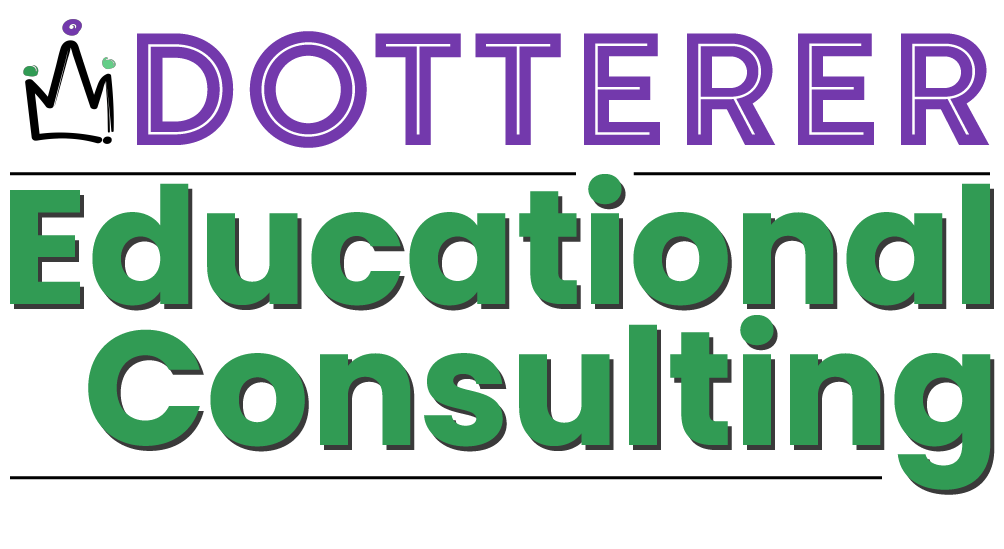Processing speed is often an overlooked but vital component of student learning. In our latest podcast episode, we examine processing speed in-depth, how it affects students, and what can be done to support those who struggle in this area.
What is Processing Speed?
Processing speed refers to the rate at which our brain processes information. This is particularly important in learning environments, where students need to interpret and respond quickly to visual and auditory information. It also plays a significant role in tasks such as handwriting, where students must rapidly convert thoughts into written symbols.
Components of Processing Speed
There are three main components of processing speed: coding, symbol search, and cancelation. Each area is crucial in assessing how students process information and can predict their ability to make decisions and perform tasks efficiently.
- Coding: Involves drawing symbols and is closely tied to graphomotor skills.
- Symbol Search: Focuses on the rapid differentiation of abstract symbols.
- Cancelation: Tests students’ ability to identify and manipulate images, revealing their visual motor speed and discrimination skills.
The Impact on Learning
Students with slower processing speeds may struggle with tasks that require quick decision-making, such as reading, writing, and math fluency. This can lead to frustration and impact their overall academic performance.
Strategies for Support
Supporting students with processing speed challenges involves a combination of accommodations and teaching strategies. These may include chunking material into smaller pieces, providing extra time, using simplified tasks like true/false questions, and incorporating technology such as word processing tools or voice-to-text apps.
Balancing Simplicity with Complexity
While accommodations can help students in the short term, it’s important to gradually introduce more complex tasks to prepare them for future challenges. The goal is to help students understand concepts thoroughly before moving on to more complicated tasks.
Conclusion
Understanding and addressing processing speed issues can significantly enhance a student’s learning experience. By implementing the right strategies, educators and parents can help students improve their processing speed, leading to better academic outcomes and increased confidence.

